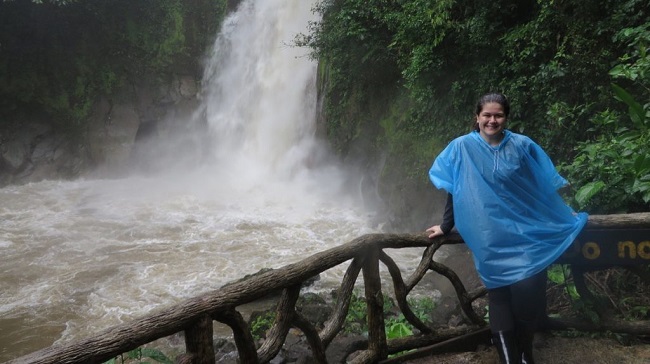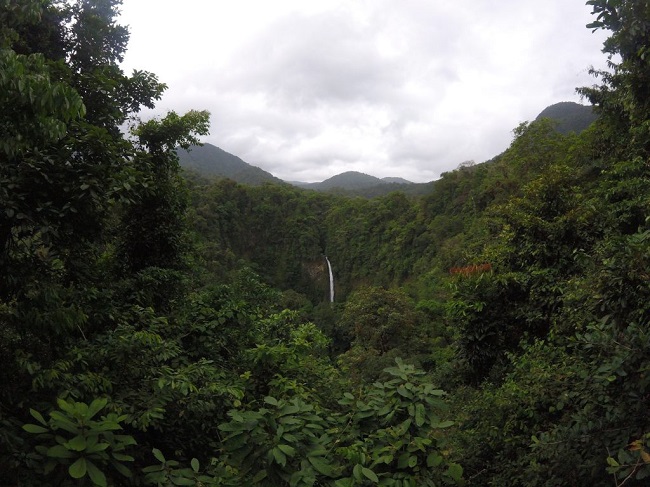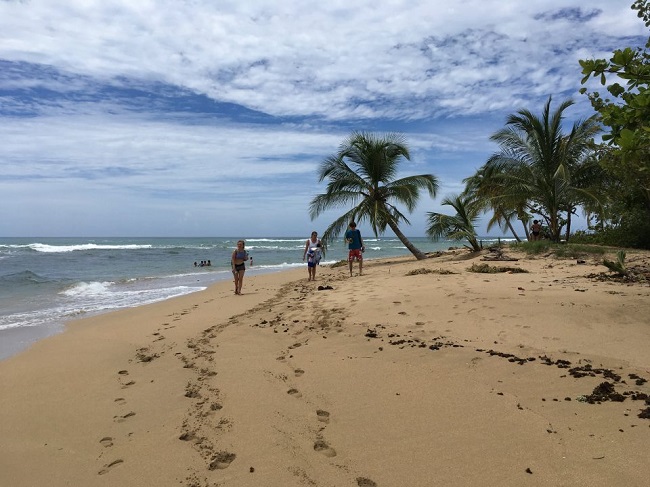Studying abroad is the adventure of a lifetime, and it’s easy to get distracted by all the excitement and forget a few things while you’re packing. I know I did. There were also important things I happened to bring that other students didn’t even consider. Students in my program and I all ended up spending money we didn’t have on things we should have brought with us. We made a lot of mistakes that way, but the beauty of mistakes is you can learn from them and help others learn from them, too. I even returned to Costa Rica as an Onsite Ambassador and put into practice some things I wish I'd known the first time around. Have no fear. I've been where you are, and I'm here to help!
A few things you should know before you go:
1. It is difficult to receive packages in Costa Rica. You can send and receive letters and postcards, but packages will get stuck in customs. You can either spend a day and upward of $100 trying to get them out, or they will get destroyed. In a pinch, you can receive packages, but don't plan on it.
2. Anything imported is expensive in Costa Rica, and most products (hair care, sunscreen, aloe) are imported from the United States. I recommend bringing that stuff with you in a checked bag. You can always leave leftovers for the next person in your homestay, if you don't want to bring it all back. Don't worry, these products are not terribly expensive, so if you forget something, it won't be the end of the world.
3. Bring an umbrella (and rain boots, and a rain jacket). The rainy season, lovingly referred to by some as the "green season," lasts from April to mid-November. It mostly rains in the late afternoon, not all day. You can still enjoy trips to the beach despite what the name "green season" implies. At this time of year, the whole country turns bright green. It's an amazing sight to behold. Plus, tours are often discounted because there are fewer tourists during those months. That said, you should prepare to get wet from time to time. A rain jacket alone will keep you dry, but not your backpack. You'll need an umbrella for that. Rain boots will be helpful for walking through puddles, of which there are many. Don't ruin your shoes in the name of fashion.
4. Download these two applications on your phone before you leave: WhatsApp and GroupMe. Both of these messaging apps are free, and both require you to confirm your phone number, which means you have to be able to receive a call to create an account. If you won't have a international calling service while you're abroad, make sure to download the apps before you leave. Most students use one or both of these apps to communicate. While you're at it, you might as well download Uber. You'll be using it a lot.
5. Bring a reusable water bottle. It gets pretty hot in Costa Rica, and you don’t want to waste money buying water bottles all the time. A water bottle with a built-in filter might be good for people with sensitive stomachs because, although tap water in San Jose is safe to drink, the chlorine used to treat the water can make some people feel nauseous. Most people don’t have any problems, but it’s worth mentioning for those who typically drink water from a well or have sensitive stomachs.
 |
| Me in my rain gear for a beautiful (but muddy) hike up to Rio Celeste |
 |
| A view of the lush, green mountains from La Fortuna |
Hopefully this information will help you make the most of your study abroad journey. It certainly would have helped me (and saved me from spending five hours getting a package out of customs). Don't freak out if you forget something; it will all work out. Costa Rica is an amazing place, and you can make the most of it by arriving prepared.
Demitra Kourtzidis was an CEA Onsite Ambassador in San Jose, Costa Rica. She currently studies Political Science and Economics at Eastern Connecticut State University and studied abroad in San Jose, Costa Rica with CEA in Spring 2017. If you’d like to learn more about the ambassador program, here is more information.








